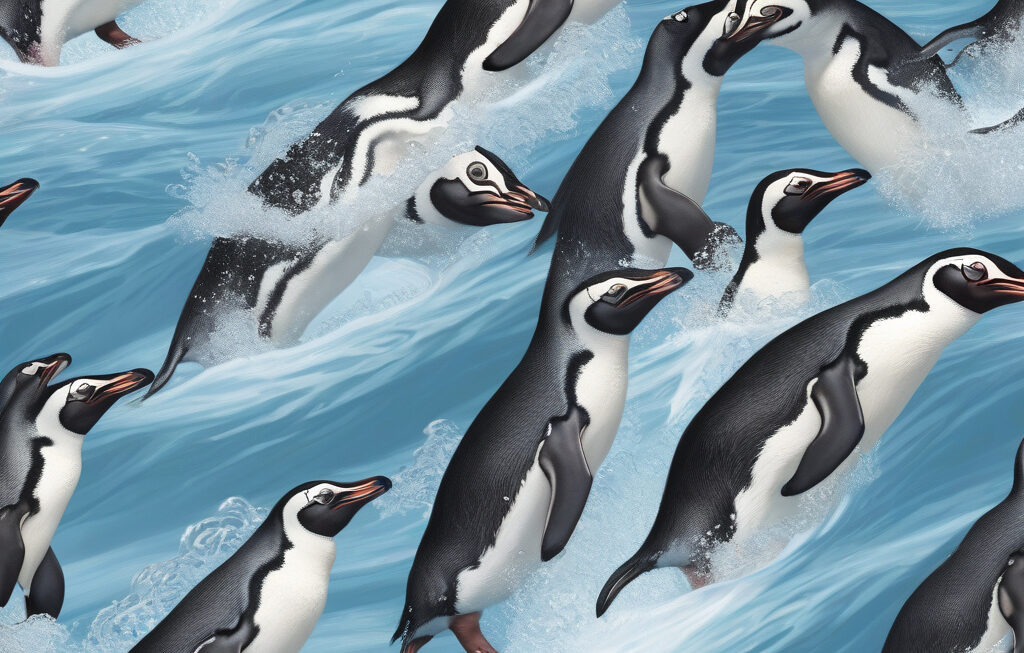Ancient Crocodiles’ Secret to Surviving 2 Mass Extinctions Stuns Scientists
Often labeled as living fossils, crocodilians have inhabited swamps and rivers for millions of years. Their lineage can be traced back over 200 million years, making them one of the oldest living groups of vertebrates on Earth. What is even more astonishing is their ability to survive not just one, but two mass extinctions that wiped out the dinosaurs and many other species.
Scientists have long been intrigued by the resilience and adaptability of crocodiles, which have remained relatively unchanged in terms of their basic biology for millions of years. While other species have come and gone, these ancient predators have stood the test of time, thanks to a combination of unique traits and behaviors that have helped them thrive in ever-changing environments.
One of the key factors that have contributed to the success of crocodiles is their remarkable ability to regulate their body temperature. Unlike most reptiles, crocodilians are able to maintain a nearly constant internal temperature, allowing them to remain active in a wide range of environmental conditions. This thermoregulatory ability has enabled crocodiles to colonize diverse habitats, from the swamps of Florida to the rivers of Africa.
Another factor that has helped crocodiles survive mass extinctions is their opportunistic feeding behavior. These apex predators are capable of preying on a wide variety of animals, ranging from fish and birds to mammals and even other reptiles. This dietary flexibility has allowed crocodiles to adapt to changing food sources and competition from other species, ensuring their continued survival through periods of mass extinction.
Furthermore, crocodiles are known for their remarkable longevity and slow rate of aging. Some species of crocodilians can live for over 70 years in the wild, maintaining their strength and reproductive capacity well into old age. This extended lifespan has allowed crocodiles to outlast environmental changes and outcompete other species for resources, further solidifying their status as survivors of mass extinctions.
In addition to their physical adaptations, crocodiles also exhibit complex social behaviors that have contributed to their evolutionary success. These reptiles are capable of forming social hierarchies, communicating with each other through vocalizations and body language, and even caring for their young. By forming alliances and cooperating with one another, crocodiles have been able to protect their territories, secure food sources, and ensure the survival of their offspring in challenging environments.
As scientists continue to study these ancient creatures, they are uncovering new insights into the secrets of crocodiles’ success in surviving mass extinctions. By understanding the unique combination of traits, behaviors, and adaptations that have allowed crocodilians to thrive for millions of years, researchers hope to gain valuable knowledge that can be applied to conservation efforts and the preservation of biodiversity in a rapidly changing world.
In conclusion, the ancient crocodiles’ ability to survive two mass extinctions is a testament to their remarkable resilience, adaptability, and evolutionary success. By harnessing the lessons learned from these living fossils, scientists can gain a deeper appreciation for the wonders of the natural world and the incredible diversity of life on Earth.
evolution, resilience, biodiversity, conservation, survival












